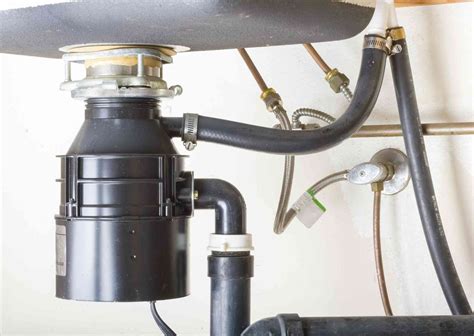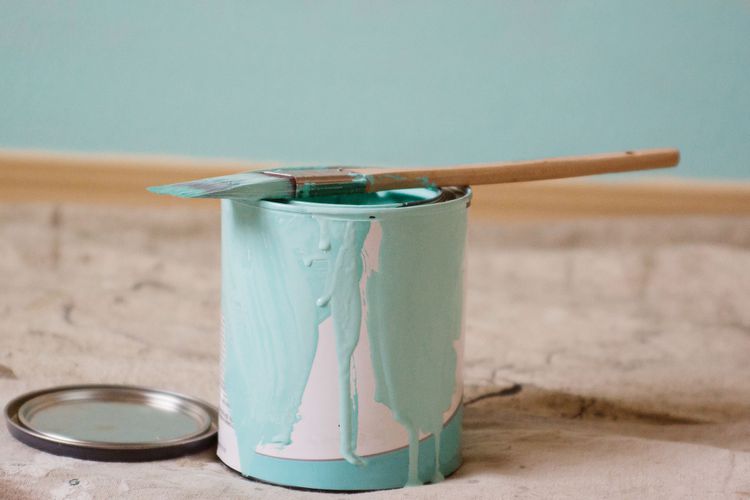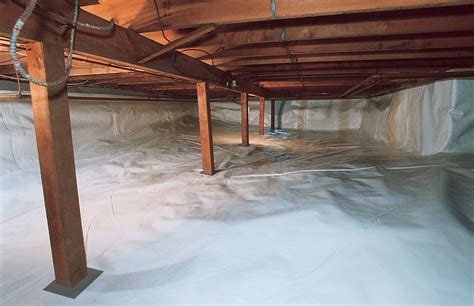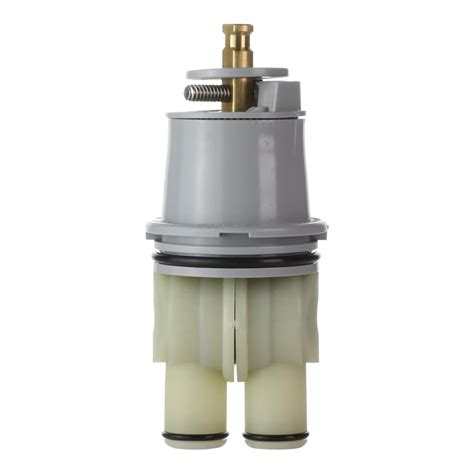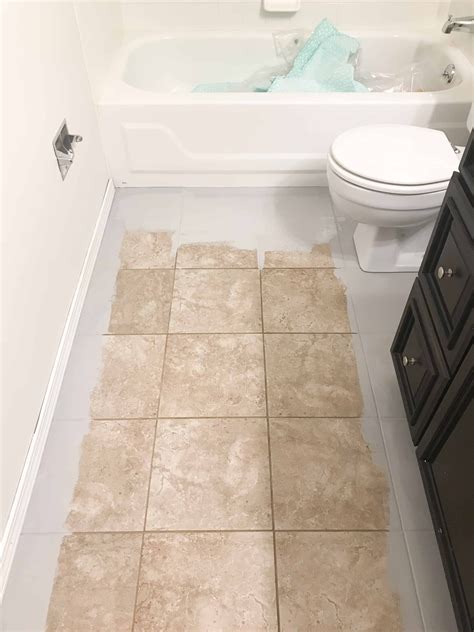
Before You Begin
Painting tile can be a cost-effective way to transform the look of your space. Whether you want to update the bathroom or revamp the kitchen backsplash, painting tile can breathe new life into old surfaces. Before you embark on this project, here’s what you need to know:
Bonding Primer
To ensure proper adhesion and durability, it’s crucial to use a high-quality bonding primer specifically designed for tile surfaces. The primer creates a strong bond between the tile and the paint, enhancing the longevity of the finish.
Tile Paint
Choose a paint that is specifically formulated for tile surfaces. Tile paints are available in a variety of finishes, including matte, satin, and gloss. Consider the desired look and the level of durability you want to achieve when selecting the paint.
Pros and Cons of Painting Tiles
Before diving into the project, it’s important to weigh the pros and cons of painting tiles. Some benefits include cost savings compared to tile replacement, the ability to customize colors, and a refreshed look. However, it’s essential to consider that painted tiles may require periodic touch-ups and may not be as durable as new tiles.
Safety Considerations
When painting tiles, it’s crucial to work in a well-ventilated area and use appropriate safety gear such as gloves and a mask. Ensure that the room is adequately ventilated to minimize exposure to fumes.
The Painting Process
Now that you’re familiar with the essentials, let’s walk through the step-by-step process of painting tile:
Clean the Tile
Start by thoroughly cleaning the tile surface to remove any dirt, grime, or soap residue. Use a mild detergent and a scrub brush or sponge to ensure a clean and smooth surface for painting.
Repair the Tile
Inspect the tiles for any cracks, chips, or loose pieces. Repair any damaged areas using a tile repair kit or epoxy filler. Allow the repairs to dry completely before proceeding.
Repair the Grout
If the grout lines are cracked or damaged, regrout them before painting. Remove any loose or deteriorated grout, clean the lines, and apply fresh grout. Allow the grout to cure fully before moving on.
Sand the Tile
Using fine-grit sandpaper or a sanding block, lightly sand the tile surface. This step helps create a rough texture for better paint adhesion. Be careful not to sand too aggressively, as it can damage the tile.
Clean the Tile With Tack Cloth
After sanding, wipe down the tile surface with a tack cloth to remove any sanding dust. This ensures a clean surface for the primer and paint application.
Protect Non-Paintable Areas
Cover any areas you don’t want to paint, such as fixtures, trim, or adjacent surfaces, with painter’s tape and plastic sheets.
Apply the Bonding Primer
Using a brush or roller, apply a thin, even coat of bonding primer to the tile surface. Follow the manufacturer’s instructions for drying time and recoat intervals.
Paint the Tile
Once the primer is fully dry, it’s time to apply the paint. Use a brush or roller to apply thin coats of tile paint, ensuring even coverage. Allow each coat to dry before applying the next.
Apply a Sealer
To protect the painted tile and enhance its longevity,
consider applying a clear tile sealer. This step adds an extra layer of protection and makes the surface easier to clean.
5 Tips for Painting Tile
– Choose a paint color that complements your overall design scheme and desired aesthetic.
– Take your time during the prep work to ensure a smooth and durable finish.
– Apply thin coats of paint for better adhesion and to prevent drips or runs.
– Allow sufficient drying time between coats to achieve a professional-looking result.
– Regularly clean and maintain the painted tile to preserve its appearance and durability.
When to Call a Professional
While painting tile is a relatively straightforward project, there may be instances where it’s best to seek professional assistance. Consider calling a professional if you have extensive tile damage, intricate tile patterns, or if you’re unsure about the proper preparation and application techniques.
FAQs
1. Can I paint any type of tile?
Most types of tiles can be painted, including ceramic, porcelain, and even some natural stone tiles. However, it’s important to note that painted tiles may not be as durable as their original counterparts, so it’s advisable to test a small area or consult with a professional before proceeding.
2. Will the paint peel or chip off over time?
With proper preparation and application, painted tiles can maintain their appearance for an extended period. However, it’s essential to keep in mind that high-traffic areas and exposure to moisture may lead to wear and tear over time. Regular touch-ups or recoating may be necessary to maintain the painted surface.
3. Can I paint over existing tile patterns or designs?
Yes, you can paint over existing tile patterns or designs. However, keep in mind that the paint may not completely hide intricate patterns or textures. It’s best to choose a paint color that works harmoniously with the existing design or consider smoothing out the tile surface before painting for a more uniform finish.
Conclusion
Painting tile can be a rewarding DIY project that transforms the look of your space. By following the proper steps and considering the pros and cons, you can achieve a fresh and updated look for your tiles. Remember to prioritize safety, choose the right materials, and take your time to ensure a successful and long-lasting result.


